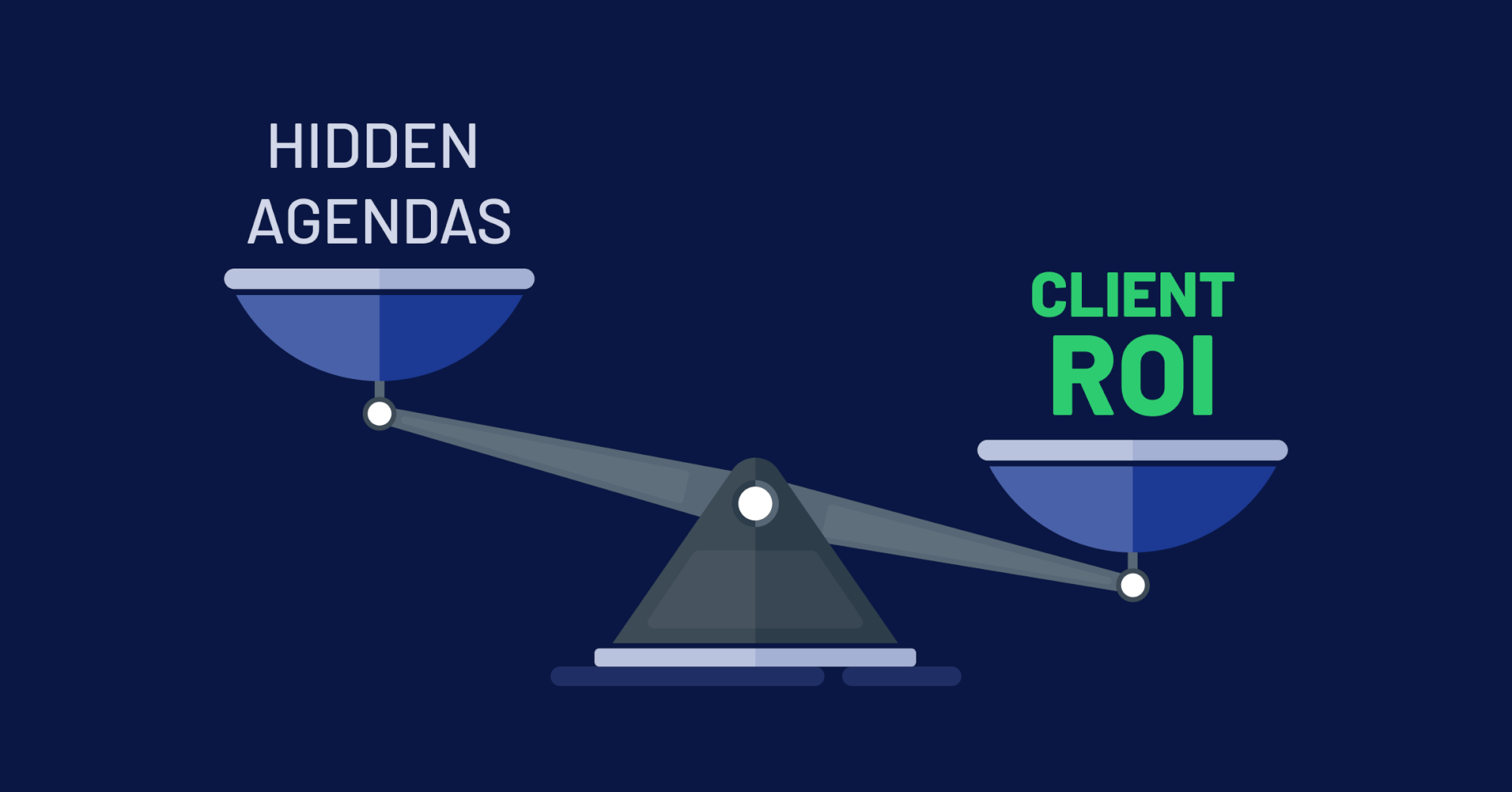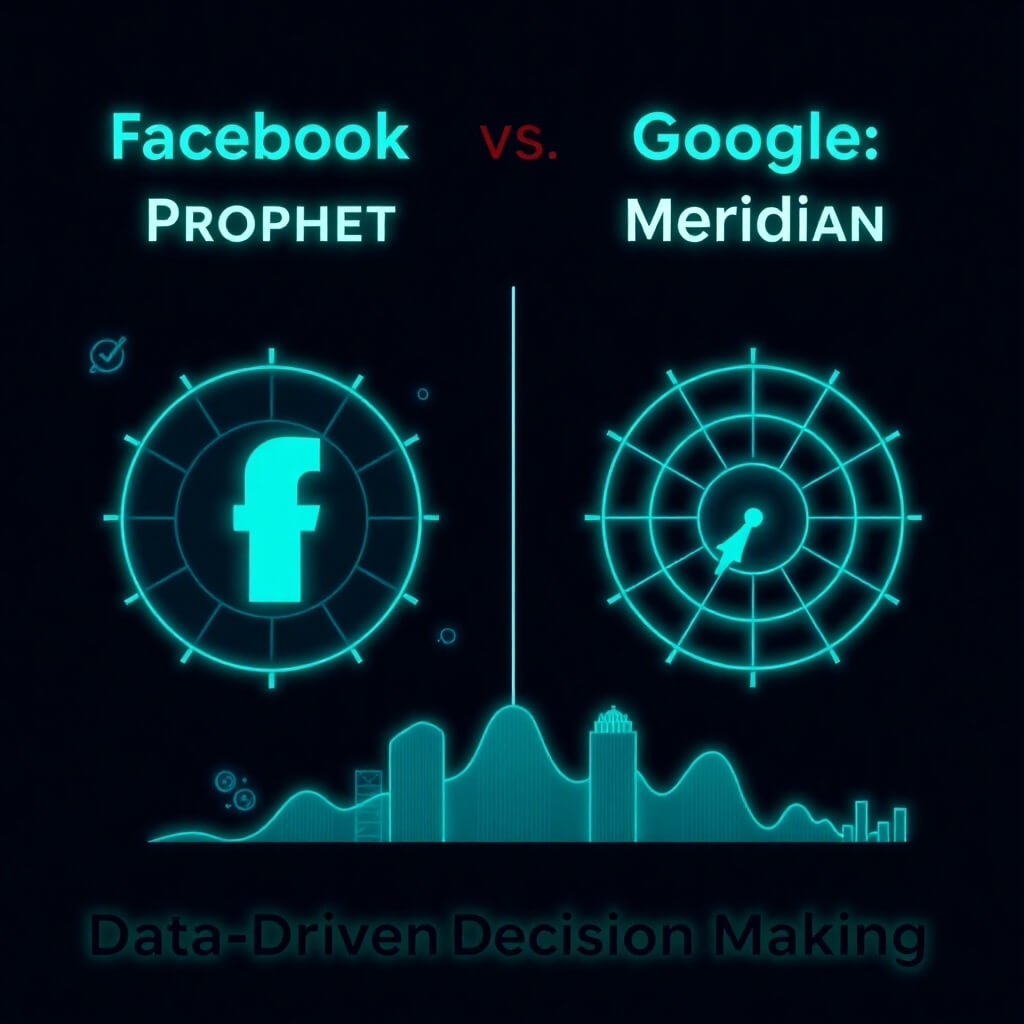 In world of online marketing everyone talks about the battle field of the “landing page”. With the targeting capabilities and tools that are available to marketers, there are more ways than ever before to get in front of your target and get them to respond and engage with your message. Therefore, the challenge is not so much in driving clicks, it’s ensuring that users engage once they have clicked through to your landing page.
In world of online marketing everyone talks about the battle field of the “landing page”. With the targeting capabilities and tools that are available to marketers, there are more ways than ever before to get in front of your target and get them to respond and engage with your message. Therefore, the challenge is not so much in driving clicks, it’s ensuring that users engage once they have clicked through to your landing page.
Clearly landing pages are an extremely important part of the online marketing engagement path. As a result marketers spend countless hours optimizing and testing them, looking at messaging, copy, form placement, headlines and offer messaging just to name a few. In short, marketers want to ensure that the level of interest that has compelled the user to click-through, is maintained on the landing page, in order to facilitate the assocaited business objective…Form Complete, Sale, Download, etc. Now I could go on and on about landing page best practices, but that’s not the focus of what I am writing about.
The Interested User
I’d like to classify users who make it to your landing page in the category of “interested”. They have read your message, clicked on your ad and made it to a point where they are considering interacting with your offer. This is a very valuable user mindset and a good landing page is geared towards converting that interest into action, otherwise known as a conversion. If the landing page can successfully convert user interest into action, in terms of getting them to do what we want them to do, then the landing page, and in most cases the campaign as a whole, has been deemed successful. Therefore, as marketers, when it comes to the online marketing value chain and landing pages, we spend a lot of time and energy on the “interested” user category, as its our goal to convert this interest into a action and action into conversions. In no way should this be taken lightly, as your conversion rate is in most cases your most important success metric, so whatever you can do to increase it, while at the same time lowering the cost of doing so, should applied.
The Engaged User
However, what really surprises me is how little attention is paid to the “engaged” user. What I mean here, is once someone has completed your desired action, such a form complete or registered for a download, these people are fully engaged in your marketing value chain. However, more often than not companies present no more than a “Thank You” or “Confirmation” message to users which lets them know that their action has been successfully processed. This is a huge missed opportunity in my opinion.
The engaged user is unique because they are fully vested in your marketing message, in that they have taken action and the time to provide you with their contact information (or a portion of it). Yet most organizations don’t seem to care or want to leverage this fact. Rather than capitalize and expand on this newly formed relationship via the Thank You/Confirmation page, most organizations are happy to just let the user go on their way. In short, by just saying “Thank You” and nothing more, you’re missing out on a huge marketing opportunity.
Four Strategies for Leveraging the Thank You Page
Instead of just saying goodbye, I’d like to propose four different ways companies could look to leverage their Thank You pages and therefore the value associated with the “engaged user”.
1) Continuing the Conversation
After a user has completed a form and gotten to your Thank You page, you have the opportunity to present them with additional assets that compliment what has been presented on the landing page. These could be videos, a flash demo, links to related content and more. The nice thing about placing them on the Thank You page is first they don’t clutter up the landing page and it keeps the user focused on the primary conversion opportunity. Secondly the user now sees them as an extension of, versus an alternative to, the action they have just taken. Additionally, they will be more likely to engage in these assets as they have already engaged in your primary action.
A prime example of this strategy being implemented is via the below Thank You page from GE Healthcare. As you can see, in addition to confirming and thanking the users for the action taken on the Landing Page, they have presented a set of secondary offerings under the header of “There’s More To Learn and Explore”.
2) The Upsell
In many cases organizations are using assets such as white papers to generate leads that sales people can then use to follow-up on and ideally escalate in to a more valuable opportunity. In a very typical B2B scenario, the prospect goes to a landing page, downloads a white paper, gets a Thank You page and then the lead is channeled to sales person to follow-up on and escalate.
Now depending on your product, you can also use the Thank You page to escalate the prospect. What I mean here, is that instead of just thanking the user for downloading your white paper and offering the asset, put a Quote Request form right on the Thank You page. You can pass all of the information from the form on the landing page, such that the user does not have enter it in again, so all they have to do hit the submit button. In a matter of seconds your “prospect” has been escalated into an “opportunity” without saying a single word to them. The key thing here, is that if a user is interested enough to download a white paper that deals with the product you are trying to sell, they will most likely be interested in knowing what it might cost and speaking with somone about it. While a quote request may have been a bit intimidating of an offer to first present, now that they are engaged and invested in your primary offerings, their willingness to engage in a higher level action is much more likely.
3) The Reward
One of the most common ways to generate consumer interest in a product or offering is to do a contest. They are a great way to build a database as well as generate buzz and excitement. The problem with contests is that not everyone can win. However, one thing that organizations can do when running a contest is reward participants by providing them with an “exclusive offer” just for participating. Therefore, instead of just thanking users for registering, companies can present users with an offer associated with the product being promoted via the contest.
A prime example of the Reward strategy being utilized is via the below Thank You page from Samsonite. As you will see once a user registers for their contest, they are presented with an exclusive offer for $20 off every $100 that you spend. What they are capitalizing on is the fact that everyone who receives this offer has already registered for, and potentially shared, the contest via Facebook. Therefore, the user is clearly engaged with Samsonite and their products so they have now just given them a reason, which has been positioned as a reward for registering, to do some extra shopping.
4) Socialization
In today’s social world, people like to share. They like to let people know what they are doing and like to know what other people are doing. Therefore, after a user completes the action on your landing page and gets to the Thank You page, why not provide them with the tools to tell the rest of their Friends and Followers what they have been up to. Again, if a user has taken the time to complete a form to get your assets/offer via the landing page, the likelihood they will then want to share it within the context of their personal social networks is greatly increased.
Therefore, simply placing chiclets on the Thank You page with calls to action to share via Facebook, Twitter, LinkedIn and Email, is a quick and easy wayto facilitate the distribution of your content. As an added bonus, chiclets enable users to become “brand advocates” and provide your content with a highly coveted “third party” endorsement.
Here at Overdrive, we practice what we preach, so just take a look at the below Thank You page for our Social Media Map. You can see how besides offering the download, we readily present users with chiclets that enable social sharing.
In speaking about the above strategies, I will also say none are an island unto themselves. Yes, they can be used individually, but they can readily be cross-pollinated as well. However, what unites them all is that they are aimed at leveraging the value of the “engaged user” and the marketing real estate that the Thank You page provides. In reality, if you follow what I have outlined above, you will no long have “Thank You” pages, but rather “Engagement Pages”.
In closing I will say that it’s always polite to thank someone for doing something for you on your behalf, but in the world of online marketing just saying “Thank You” is clearly just not enough.








